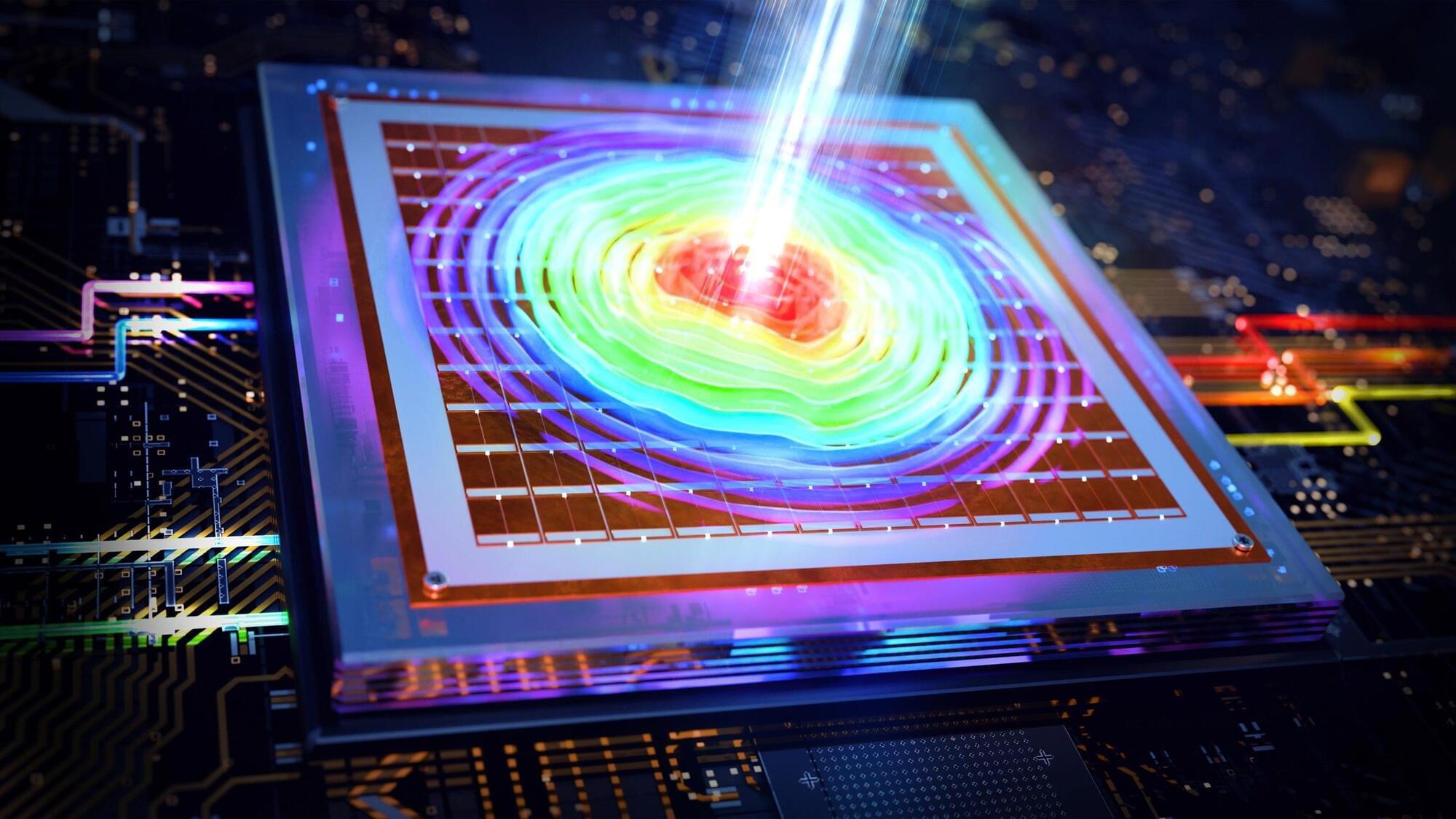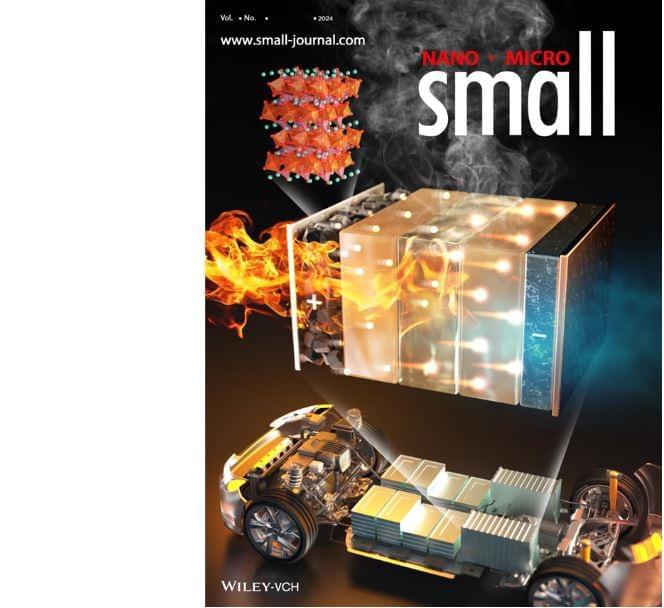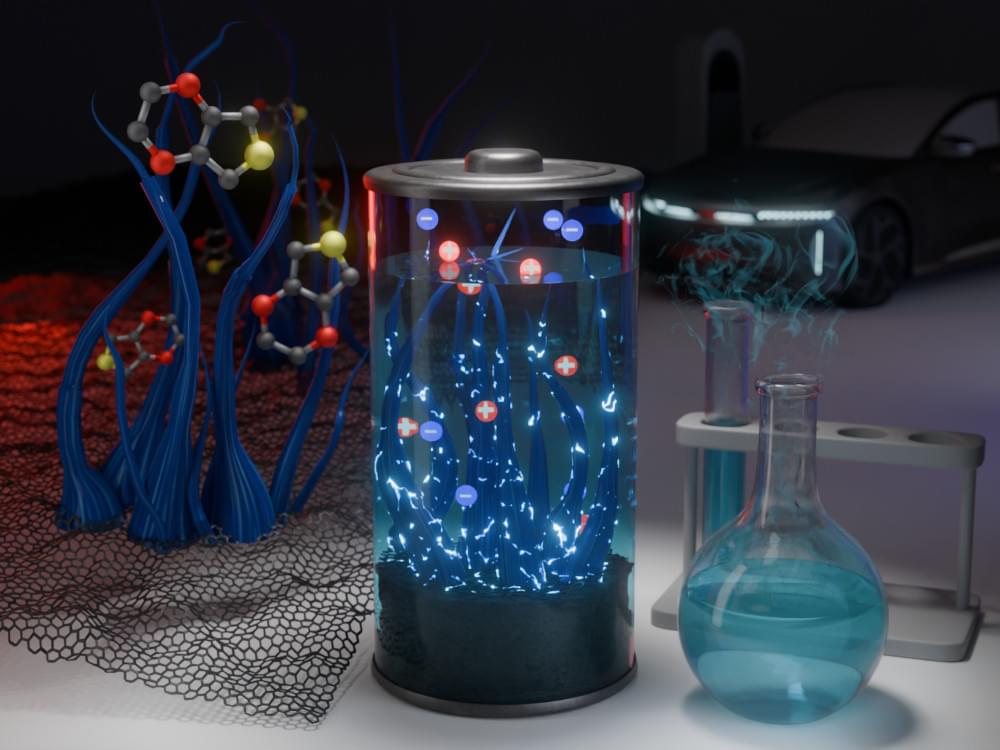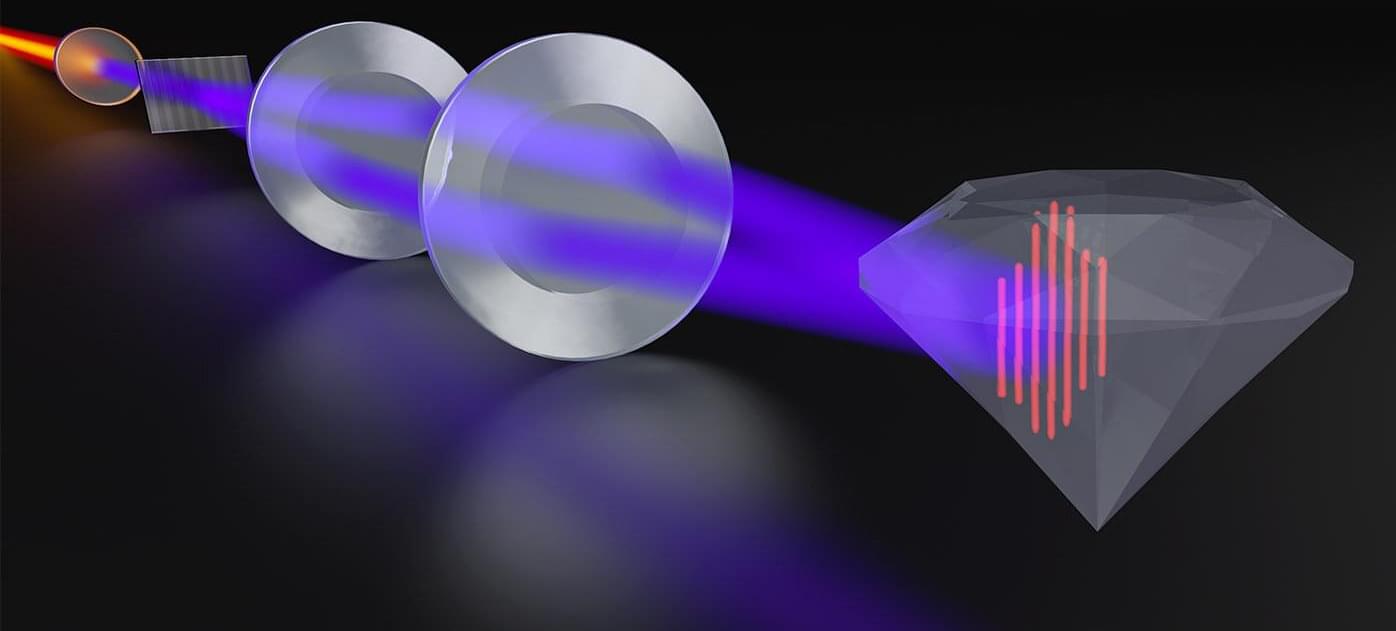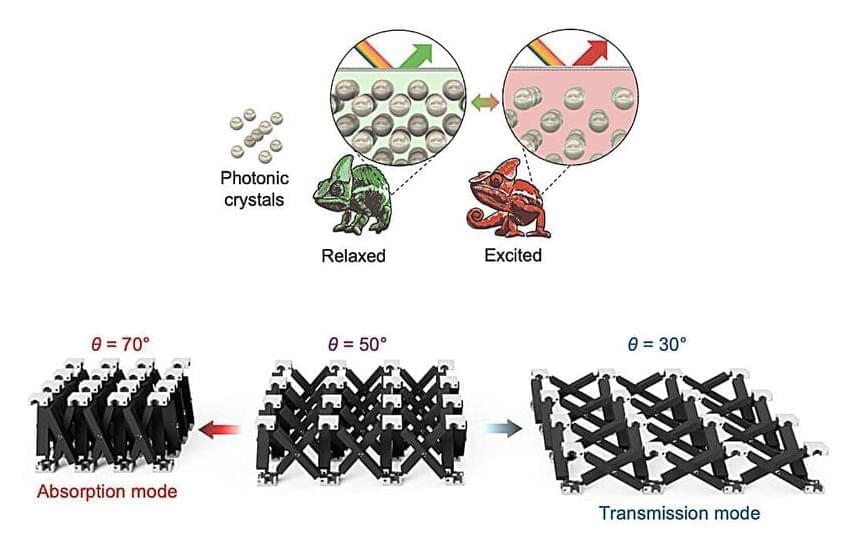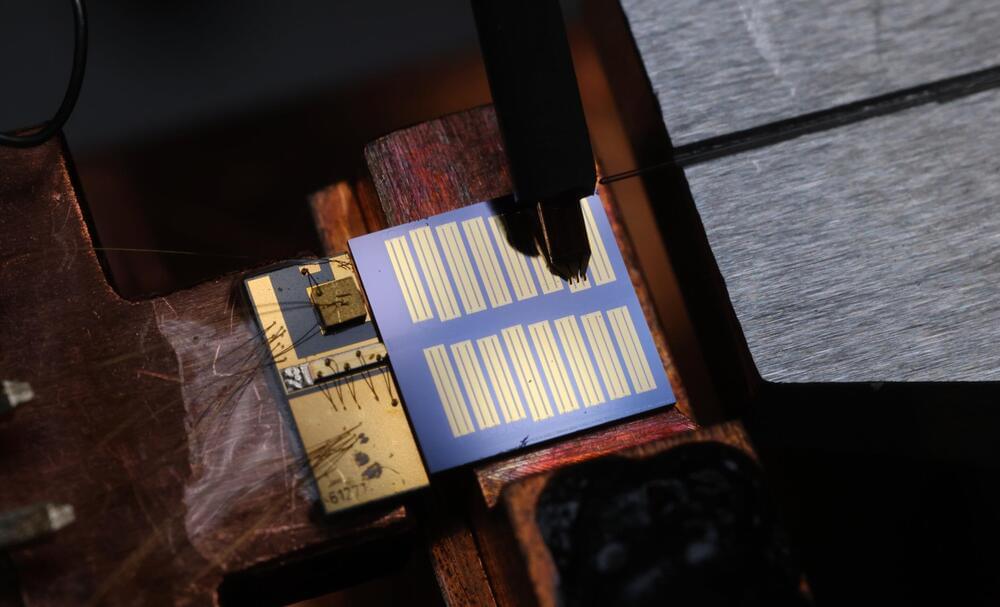Electromagnetic absorbers are essential in energy, stealth, and communication technologies, yet current designs underperform. A research team has introduced ultra-thin absorbers nearing theoretical efficiency limits, promising transformative industrial applications.
Absorbing layers are essential to advancements in technologies like energy harvesting, stealth systems, and communication networks. These layers efficiently capture electromagnetic waves across wide frequency ranges, enabling the creation of sustainable, self-powered devices such as remote sensors and Internet of Things (IoT) systems. In stealth technology, absorbing layers reduce radar visibility, enhancing the performance of aircraft and naval systems. They also play a vital role in communication networks by minimizing stray signals and mitigating electromagnetic interference, making them indispensable in today’s interconnected world.
